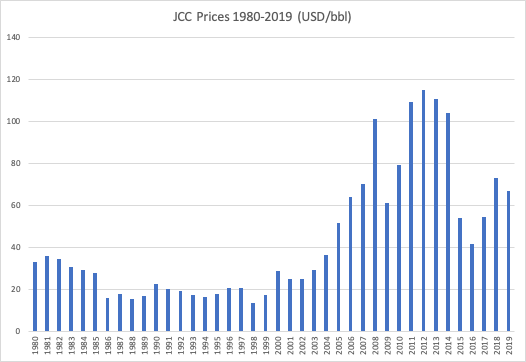Tarlatamab Shows Promise in Improving Survival for SCLC Patients

In a significant advancement for cancer treatment, tarlatamab (Imdelltra), a bispecific T-cell engager, has demonstrated improved survival outcomes in patients suffering from small cell lung cancer (SCLC) following the failure of platinum-based chemotherapy. A recent study published in *The New England Journal of Medicine* indicates that patients administered tarlatamab had a median overall survival of 13.6 months, compared to 8.3 months for those who continued with standard chemotherapy.
The study, led by Dr. Gregory Rudin, an oncologist at Mount Sinai Health System, involved 509 participants who were previously treated with platinum-based chemotherapy. The findings are particularly relevant given the dismal prognosis associated with SCLC, where patients often experience limited treatment options after initial therapies fail. "Despite advances in treatment, the survival rate remains low, emphasizing the need for innovative therapies such as tarlatamab," stated Dr. Rudin.
In the trial, 254 patients were randomized to receive tarlatamab, while 255 continued with conventional chemotherapy. The median follow-up period was approximately 11 months. Notably, 71% of the participants had previously received PD-L1 or PD-1 inhibitors, and 44% had platinum-resistant disease. The results revealed a hazard ratio for death of 0.60 (95% CI, 0.47-0.77; P < .001), indicating a significant survival benefit for the tarlatamab group.
The safety profile of tarlatamab also showed promise; only 54% of patients experienced grade 3 or higher adverse events, compared to 80% in the chemotherapy cohort. Discontinuation rates due to adverse effects were 5% for tarlatamab and 12% for chemotherapy. This data suggests a more tolerable treatment regimen for patients, which could enhance their quality of life during therapy.
"Tarlatamab's ability to target DLL3 and CD3 provides a novel mechanism of action that could change the landscape of treatment for SCLC," commented Dr. Sarah Johnson, a researcher at Harvard Medical School and co-author of the study. She emphasized the importance of ongoing research to further validate these results and understand the long-term implications of tarlatamab therapy.
Historically, treatment options for SCLC have been limited, with topotecan being the standard second-line therapy. However, its efficacy is often overshadowed by significant side effects. The emergence of tarlatamab offers hope, particularly for patients with disease progression after initial therapy.
Internationally, the World Health Organization (WHO) continues to emphasize the importance of innovative treatments for cancers that exhibit high mortality rates. The findings from this study may influence future guidelines and treatment protocols worldwide, especially as more countries adopt advanced therapies.
In conclusion, the promising results from the tarlatamab trial highlight a potential shift in the treatment paradigm for SCLC. As researchers continue to explore its capabilities, tarlatamab may soon become a cornerstone in the therapeutic arsenal against this aggressive cancer. Continued follow-up studies and real-world data will be vital in determining its long-term effectiveness and safety in broader patient populations.
Advertisement
Tags
Advertisement





